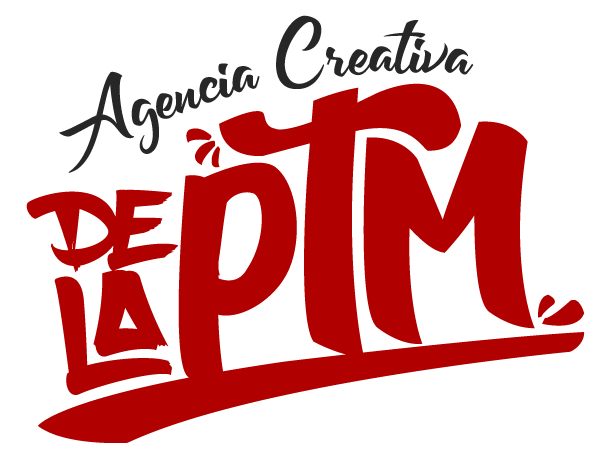Its projections can be tweaked to provide different results for various what-if scenarios. This can help users account for different projections that might be possible. If the project had cost $14 million, the NPV would have been -$693,272.
In addition, comparable company analysis and precedent transactions are two other, common valuation methods that might be used. Dividend discount models, such as the Gordon Growth Model (GGM) for valuing stocks, are other analysis examples that use discounted cash flows. Using the DCF formula, the calculated discounted cash flows for the project are as follows. For DCF analysis to be of value, estimates used in the calculation must be as solid as possible. Badly estimated future cash flows that are too high can result in an investment that might not pay off enough in the future. Likewise, if future cash flows are too low due to rough estimates, they can make an investment appear too costly, which could result in missed opportunities.
Advantages of a Discounted Cash Flow Analysis
However in some special cases, time-saving techniques can be used. To compound a sum, the figure is increased by the amount of interest it would earn over the period. Companies tend to gradually take on more debt financing as they mature, but factoring this into a DCF can be impractical, especially since increased debt reliance is not a certainty, either.
- This model is easy to use when the future cash benefits are known or can be at least reasonably forecasted.
- Since discounted cash flow values are based on long-term models, these pricing models are virtually immune to market movements driven by panicked investors and other short-term factors.
- In theory (and in college final examinations), this technique works great.
The FCF model can be used to calculate the valuation of companies that do not pay dividends or pay dividends in an irregular fashion. This model is also applied for those companies with a dividend growth rate that does not properly capture the earnings growth rates. Another drawback of IRR is that non-conventional cash flows may give rise to no IRR or multiple IRRs. For example a project with an outflow at T0 and T2 but income https://accounting-services.net/advantages-disadvantages-of-discounted-cash-flow/ at T1 could, depending on the size of the cash flows, have a number of different profiles on a graph (see below). Even where the project does have one IRR, it can be seen from the graph that the decision rule would lead to the wrong result as the project does not earn a positive NPV at any cost of capital. Interpolation only provides an estimate (and an accurate estimate requires the use of a spreadsheet programme).
UPDATED! How is Vroom Jago Leadership Model Different from Others
Provided that the estimates that go into the calculations are more or less correct, no other method does as good a job at identifying which investments produce maximum value. Discounted cash flow (DCF) is used to estimate the attractiveness of an investment opportunity. If the value arrived at through DCF analysis is higher than the current cost of the investment, the opportunity may be a good one. A mix of factors impacts the choice of which equity valuation model to choose. Typically, you can gather information pertaining to cash flow at major firms by reading publicly available financial reports. Therefore, small investors as well as seasoned brokers can produce discounted cash flow reports with this data.
When should discounted cash flow analysis be used?
Behind this approach is the assumption that each cash-inflow is reinvested in another assets at the certain rate of return from the moment it is received until the termination of the project. Then the present value of the total compounded sum is calculated and it is compared with the initial cash-outflow. The CFn value should include estimated cash flows and terminal values – ÔøΩ – ÔøΩfor the period. The formula is very similar to calculating the net present value (NPV), which sums the present value of future cash flows. The only difference is that the initial investment does not get deducted from the DCF model.
Advantages & Disadvantages of Discounted Cash Flow
That would indicate that the project cost would be more than the projected return. By narrowing down the difference between the two rates, we can approach the IRR. (3) The selection of cash-inflow is based on sales forecasts which is in itself an indeterminable element. Unfortunately, the model relies on several assumptions that do not always come to fruition in the real world. Previously a Portfolio Manager for MDH Investment Management, David has been with the firm for nearly a decade, serving as President since 2015. He has extensive experience in wealth management, investments and portfolio management.
The time value of money assumes that a dollar that you have today is worth more than a dollar that you receive tomorrow because it can be invested. Similarly, if a $1 payment is delayed for a year, its present value is 95 cents because you cannot transfer it to your savings account to earn interest. You’ll want to use discounted cash flow to assess the value of an investment when its cash flow is relatively stable and predictable. Capital budgeting is a process a business undertakes to evaluate potential major projects or investments. Capital budgeting techniques help management to systematically analyse potential business opportunities to decide which are worth undertaking. The best approach is to use the incremental interest rate that’s most likely to apply to the specific acquisition you’re looking at.
And yet, the standard analysis always seems to run for about five years into the future. The way to get around that is to do a high, medium, and low cash flows analysis, and pay particular attention to the low cash flows scenario. From what I’ve seen over the years, you should assign about a 50% probability to the low cash flows scenario, since actual cash flows tend to be lower, not higher. Its potential weaknesses come from the fact that there are numerous variations analysts can select for the values of free cash flow and the discount rate for capital. With even slightly different inputs, widely varying value figures can result. This improves the reliability of the conclusion relative to the DCF approach.


